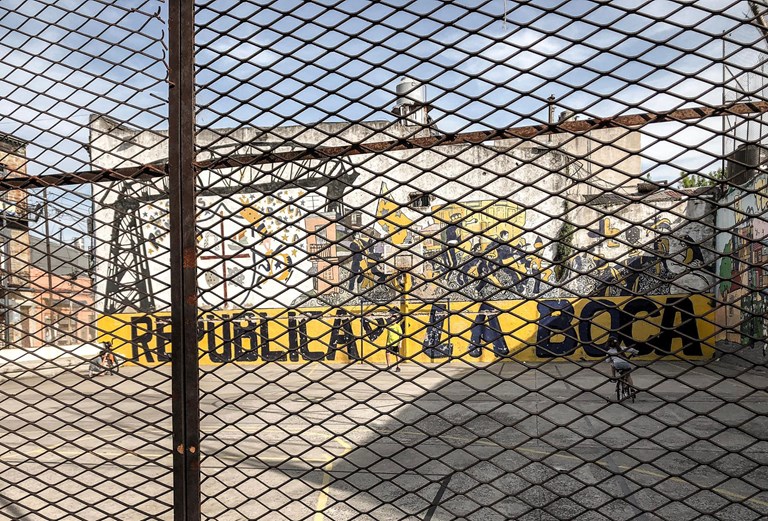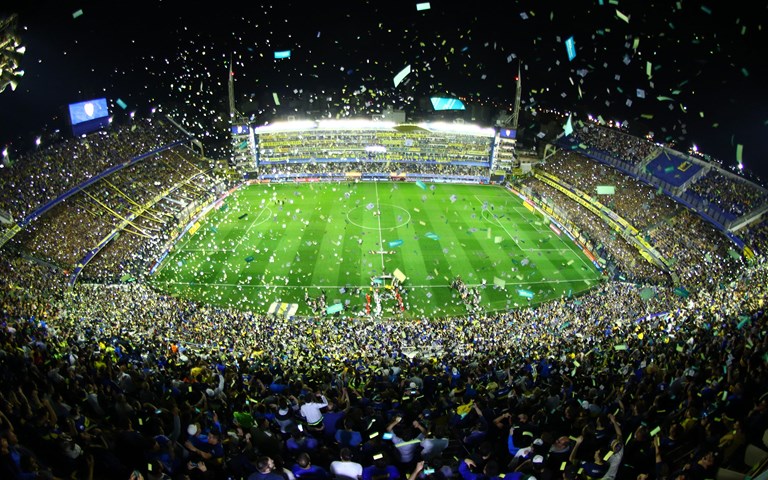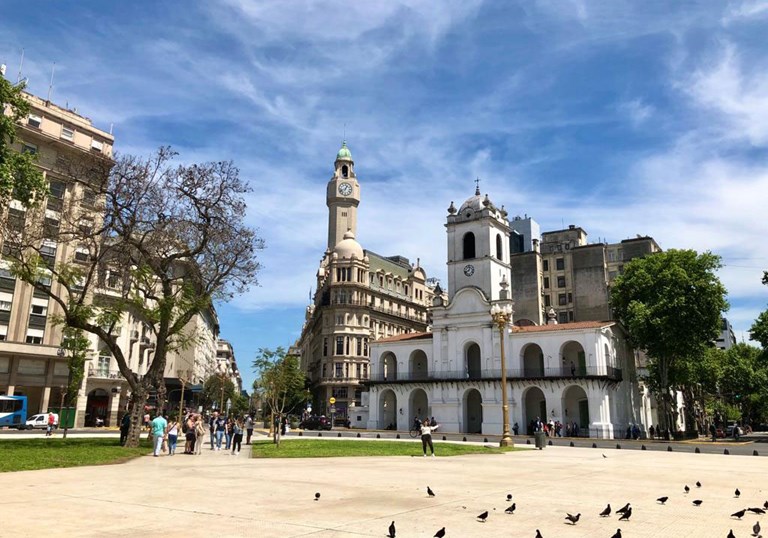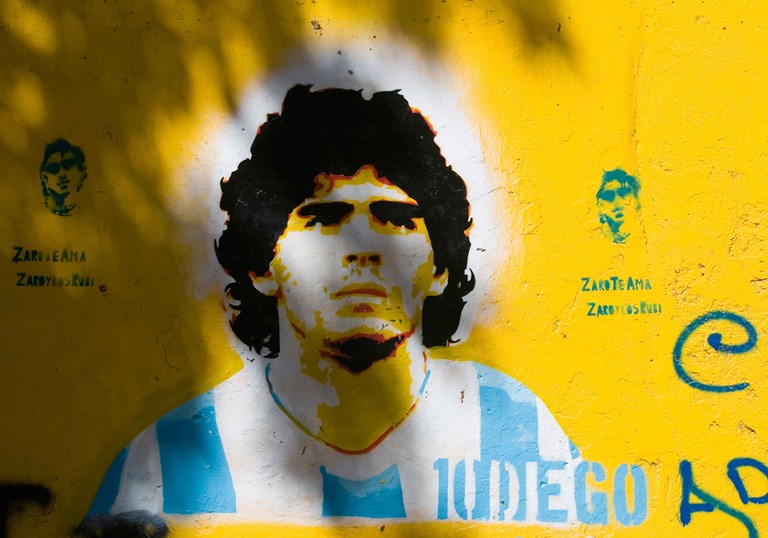
Half plus one of football
It all began on 3 April 116 years ago with five young football lovers, the sons of people who had crossed the Atlantic in search of fortune. They decided to form a soccer team. They called it as their neighborhood and added Juniors to the English fashion of Argentina of the time. When they had to decide on the colour of the jerseys to play with, they said: “Let’s go to the port, let’s take the colours of the first ship that arrives. Some say it was the “Drottling Sophia”, others the “Oskar II”, others the “Prinsessan Ingeborg”, the only thing that is certain is that it was flying the Swedish flag. Since then, on the game’s uniform became “Azul y Oro”(yellow-blue), and from the first championship, Boca has never stopped honoring it, becoming the most beloved team in Argentina and maybe even in the world.”

The origins
Even today, the players of Boca are nicknamed the Xeneizes, because the neighborhood of Buenos Aires where the team was born in 1905, was populated mainly by Italian immigrants from Genoa.
The founders were not all from Genoa, but their parents were Italians and, perhaps also because of origins - it was the father of one of them who had to manufacture the doors of the playing field - the team soon became a reference point for Argentine football fans. It started in the First Division in 1913, continued in 1931 to the top tournament and today is the only Argentine team never to have been relegated, thanks to the support of hundreds of thousands of members.
La Bombonera beats
The Boca fans are considered one of the most passionate of the world and the place where they show them
love for the team is the Bombonera. This is the nickname of the stadium in the neighborhood of Boca, today named after historic president Alberto Jacinto Armando. The Bombonera was inaugurated in 1940, the third tier was added in 1953 and in 1996 the latest renovation brought the capacity to over 57,000 seats. In 2020 acrylic panels between the pitch and the stands were removed, allowing views for the fans.
The shape is reminiscent of a Greek amphitheater, a sort of semicircle closed by the straight grandstand. An ideal setting for a great spectacle in which, since the 1930s, the fans have been considered the twelfth man on the pitch. Its fans’ chants are among the most famous in the world and a match, perhaps against their historic rivals River Plate, with whom they play the Superclásico, is an experience when the fans start jumping rhythmically, because “La Bombonera no tiembla. Late” (La Bombonera does not tremble. It beats).
The English magazine Fourfourtwo chose it as the best stadium in the world. France Football has named it
as the most passionate stadium in the world and the Observer put a Superclásico Boca Juniors vs. River Plate at La Bombonera in first place among the sporting events to see before you die.
Why La Bombonera?
The closest version to reality says that the Slovenian architect Victorio Sulsic, one of those responsible for the construction project, together with engineer José Luis Delpini, received a box of chocolates as a gift and was surprised to see that the box had the same shape as the stadium project they were designing.


Half plus one
The quality of the Boca supporters is that it is not only distributed in the city that hosts the team, but
homogeneous throughout the country, as well as boasting numerous supporters’ clubs in numerous countries. The latest surveys indicate that about 40% of Argentinean fans support Boca, a percentage that is not equaled anywhere else in the world. In the 1950s, a poll found that more than 50% of Argentines were supporters of Boca. It was then that the definition “half plus one” that still identifies
the team, was invented.
Yellow-blue Maradona
A legendary team could not fail a legendary player. Diego Armando Maradona, who at the end of the seventies, made his debut for Argentinos Juniors. He was excited to move to Boca, the team of his father’s heart, when he had the chance, in 1981. That experience lasted only a year, then the call of Europe came: Barcelona, Naples and the consecration worldwide. For his farewell to the game of football, Maradona chose to play with the colours of his heart. He played the last three championships of his career with the yellow and blue jersey and bid farewell to the field during the Superclásico against River on October 25, 1997. The bond with Boca continued afterwards: In 2005 he became sporting director and vice-president, a position he held for a year full of successes. Today, a monument to Maradona is present in the museum of Boca in the inside the Bombonera. Boca is today the reigning champion of Argentina and boasts an astonishing 28 professional championships (plus 6 obtained in the time of amateurs) and 22 international trophies (only Real Madrid has more with 27 in the world). It is also the only Argentine team
to have never been relegated from the division. Boca’s charm is not only linked to soccer but also to many other sports. Teams with the uniform of Boca compete at national and international level in basketball, volleyball, women´s football and futsal (five-a-side football), while a lot of other sports
are practiced at amateur level. It is a great story of popular passion (around 200,000 members) able to bind an animated country animated by strong and sometimes conflicting feelings. We talked about it administrative director Jorge Clemente.
Playlist


